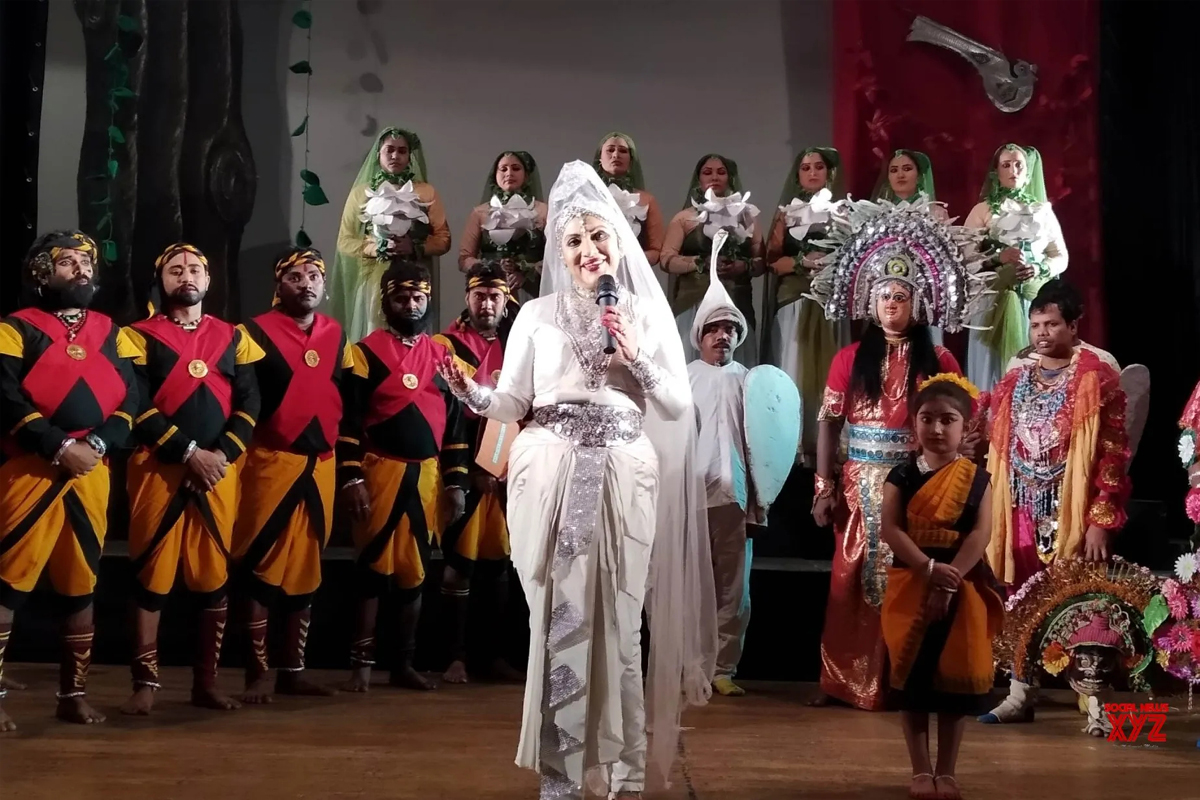SC: Incorrect application of law renders criminal justice system a punishment
The court made the observation while acquitting a person convicted on the charge of abetment of suicide by his wife way back in 1993.
In 2007, dancer Alokananda Roy and former ADG Prisons Banshi Dhar Sharma embarked on a groundbreaking initiative to rehabilitate prisoners through the transformative power of culture therapy.

Rehabilitation programmes within the criminal justice system are gaining recognition as essential tools for reducing recidivism rates and nurturing successful reintegration into society. These programs offer inmates education, vocational training, mental health, and substance abuse treatment, along with life skills training. Not only do they enhance inmates’ chances of successful reintegration, but they also benefit society by curbing crime rates and associated costs.
Research reveals that inmates who actively engage in restoration programs are less likely to reoffend and return to prison compared to those who do not participate. Thus, the establishment of rehabilitation centres within prisons emerges as an essential strategy to leave a significant impact on prisoners’ lives. However, rehabilitation is not a one-size-fits-all approach. Different groups face unique challenges and necessitate tailored programs.
Advertisement
The holy scriptures across the world preach that it is the duty of a pious man to forgive others. The notion of forgiveness is viewed as a humane approach to focus on ambitions of restorativeness, reparation and reintegration. The unifying concept behind restoration is restitution of positive relationships and enhanced personal and communal situations. as advocated by various religious and philosophical doctrines, underscores forgiveness, reparation and reintegration. It seeks to restore individuals to a state of positive relationships and improved personal and communal situations. This concept has gained momentum with the advent of restorative justice, emphasising transformation over punishment. Within this framework, prisons are urged to move beyond punitive measures towards fostering positive change in inmates. The focus shifts from mere confinement to creating environments conducive to rehabilitation. Initiatives such as education, vocational training and therapeutic interventions are crucial in this process. These efforts aim not only to address maladaptive behaviours but also to equip inmates with essential life skills and promote self-improvement.
Advertisement
However, challenges persist, particularly concerning the prison environment’s impact on inmates’ well-being. Overcrowding, lack of mental stimulation, and harsh conditions exacerbate psychological distress among prisoners. Hence, humane prison management and the provision of mental health services are imperative for effective restoration. Moreover vocational training offers practical opportunities for inmates to acquire skills and secure employment upon release.
In 2007, dancer Alokananda Roy and former ADG Prisons Banshi Dhar Sharma embarked on a groundbreaking initiative to rehabilitate prisoners through the transformative power of culture therapy. Together, they envisioned a journey of redemption, where dance became a medium for healing and self-discovery within the confines of incarceration. laid the foundation for a new approach to prisoner rehabilitation—one rooted in compassion, understanding, and the belief in the inherent dignity and worth of every individual, regardless of their past transgressions.
Over the years, their efforts bore fruit, with many prisoners finding solace and purpose in the rhythmic movements of dance. As the programme progressed, bonds of trust and camaraderie flourished, fostering a sense of community and belonging among participants. Speaking to The Statesman, Alokananda Roy voiced compelling concerns, questioning the limitations of the programme’s reach. She challenged the status quo, asking, “Why limit the program to only convicts? Can’t we extend the same opportunities to under-trial prisoners as well?” Her advocacy didn’t just stop there; she espoused the inclusion of juveniles, believing they too deserve a chance at rehabilitation through culture therapy.
Advertisement